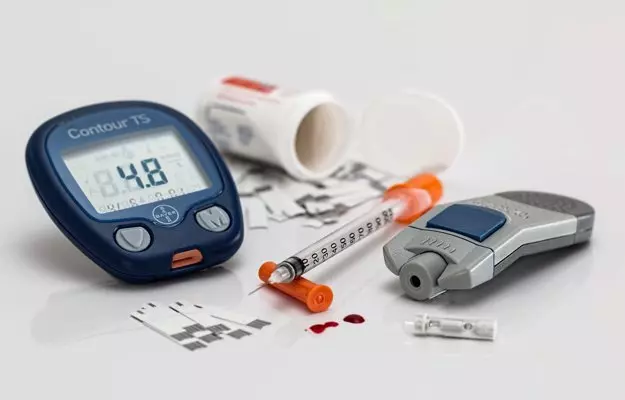Diabetes is a serious and complex condition in which your blood glucose, or blood sugar, levels are too high. Over time, high blood sugar levels can affect the entire body and lead to various complications.
In diabetes, your body either cannot make insulin (type 1 diabetes) or the insulin that it does make is not enough and cannot work properly (type 2 diabetes).
What is Insulin?
Insulin is a hormone that acts as a “key” to open your cells, to allow the glucose to enter and allow you to use the glucose for energy. This also maintains blood sugar levels in the body in the normal range (under 140mg/dL).
Many people with diabetes need to take insulin to keep their blood glucose in a good range. Starting insulin may be a frightening and difficult decision to make for some patients, especially for the first time. But with proper education and customized regimen, almost all people can learn how to take insulin and manage insulin at home.
Read more: What is prediabetes?

















